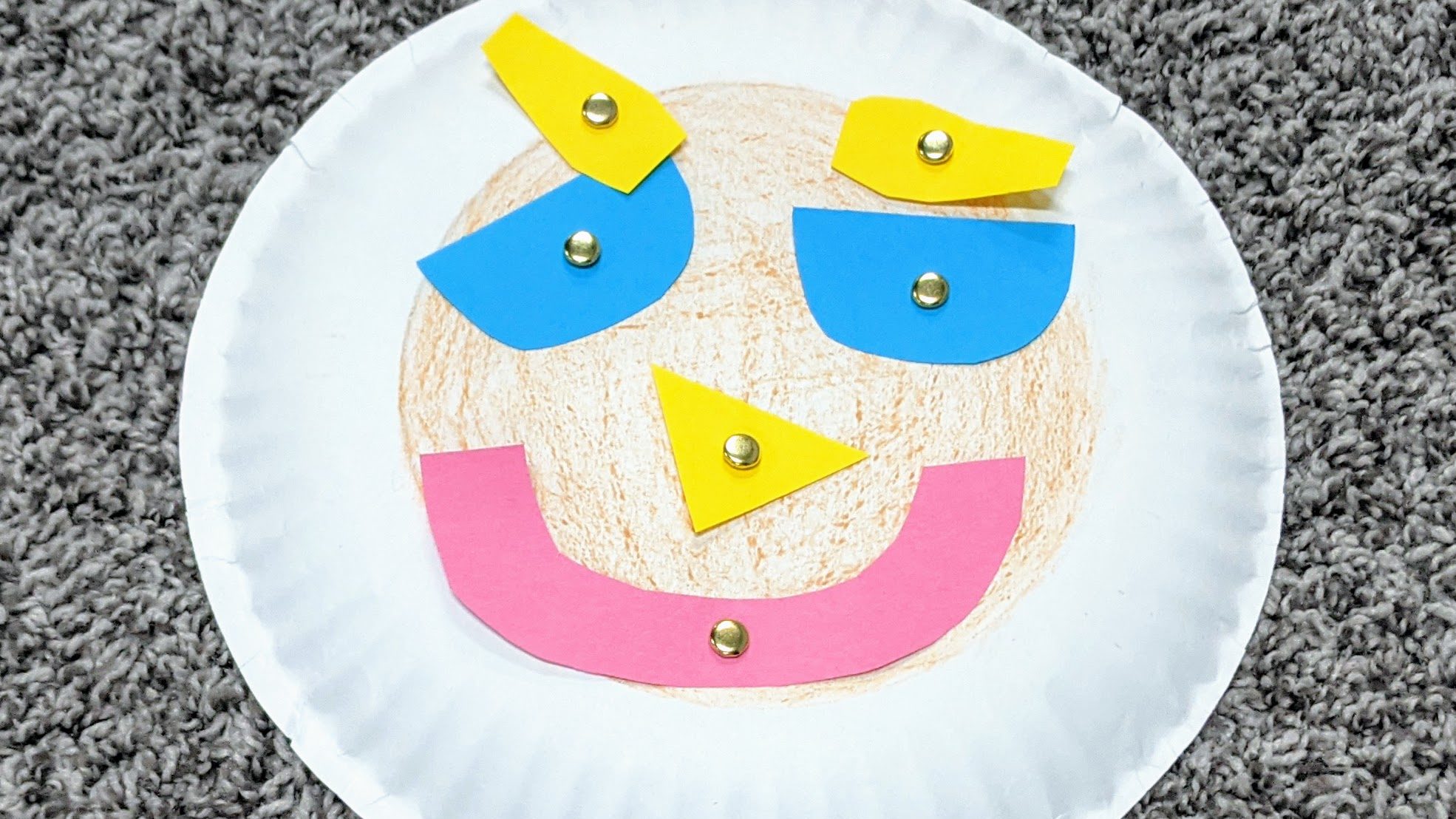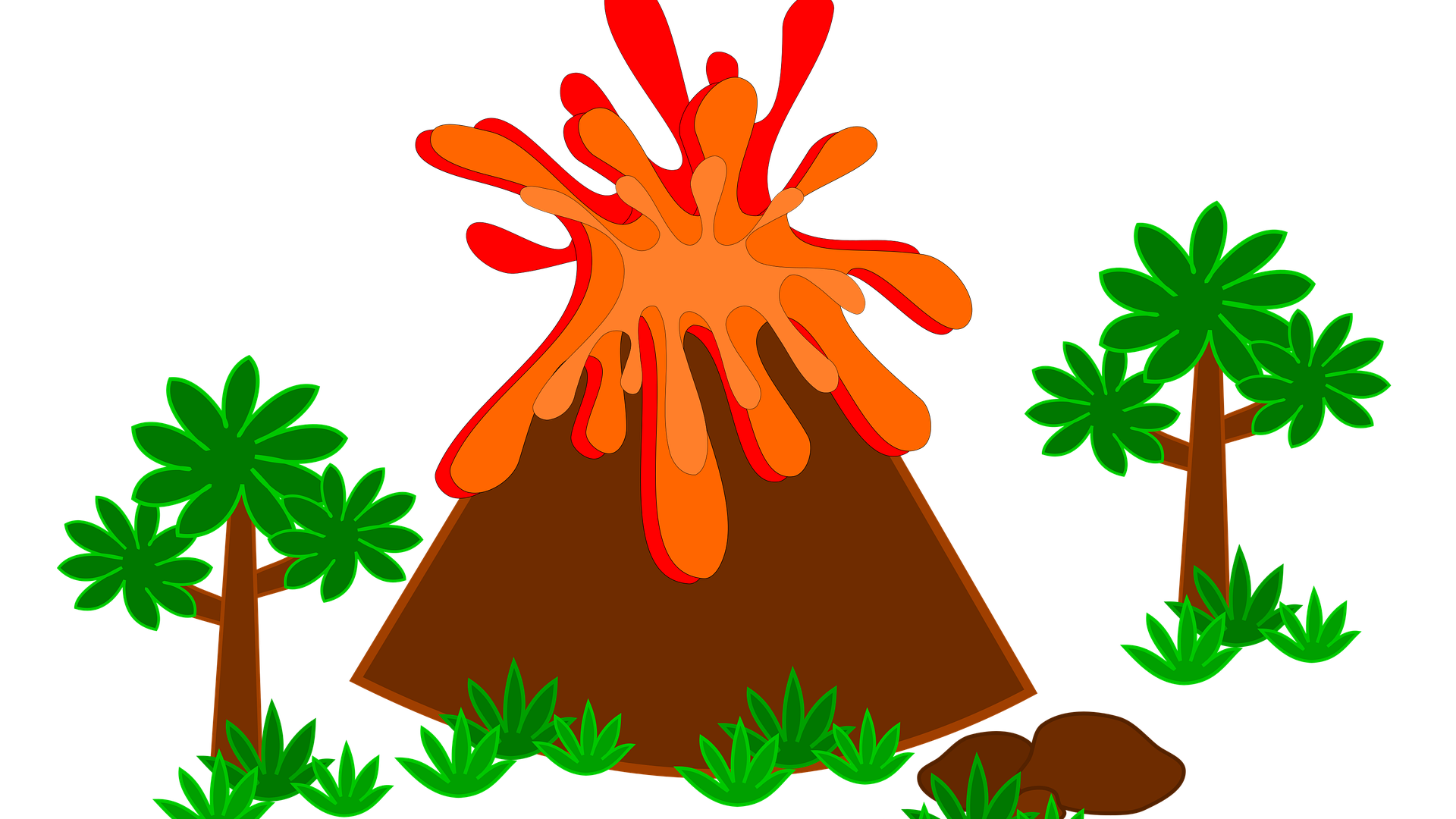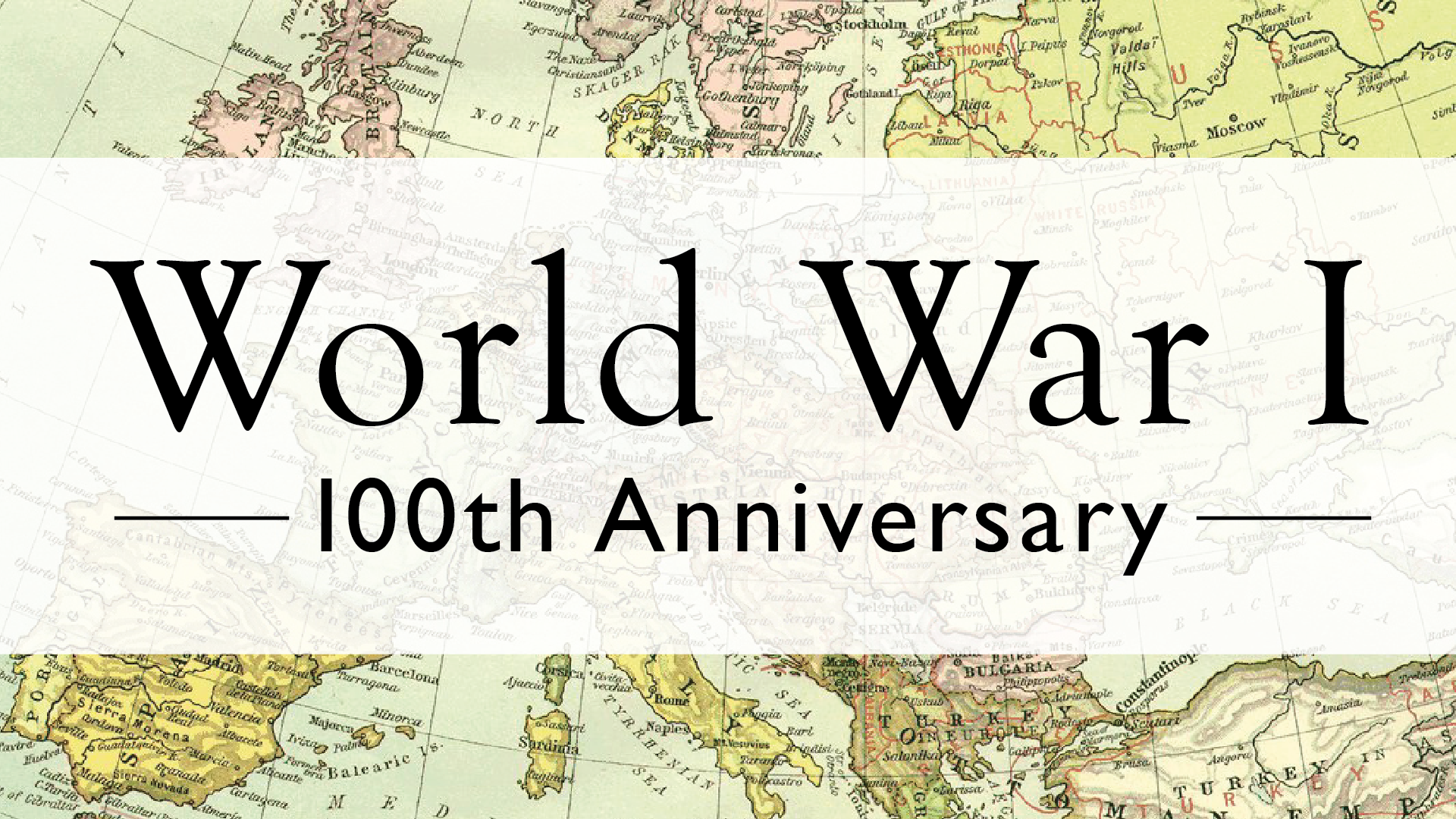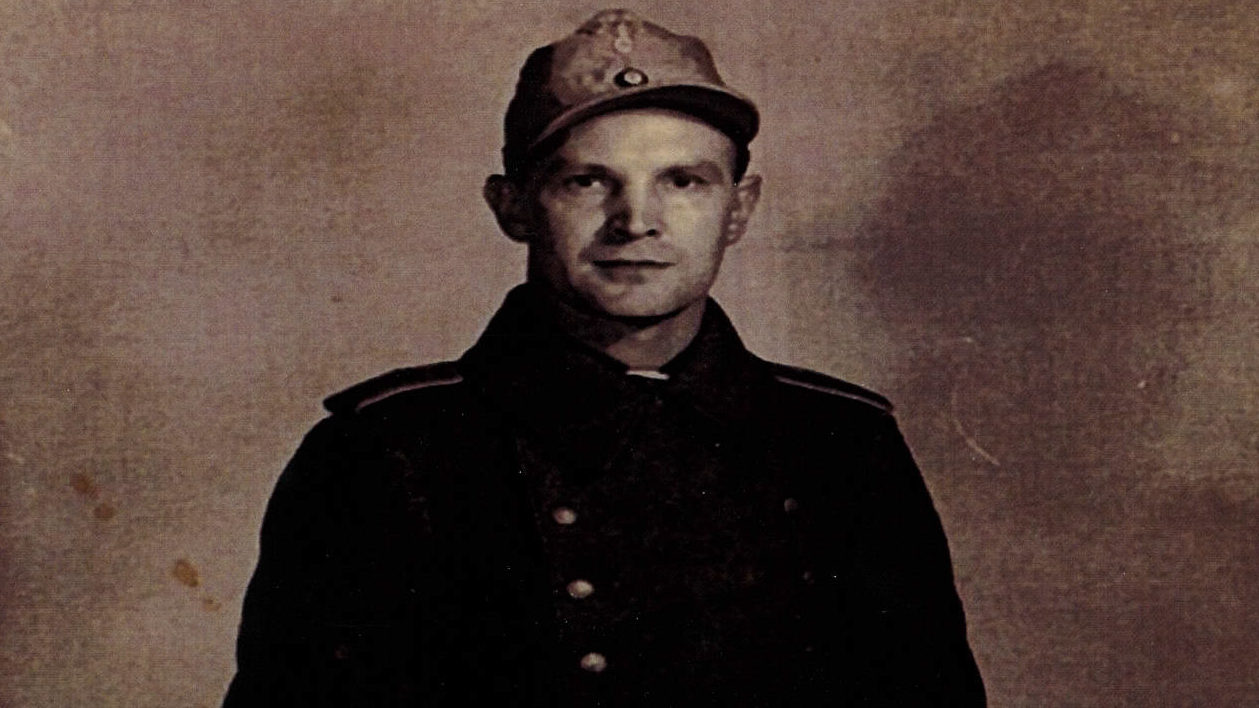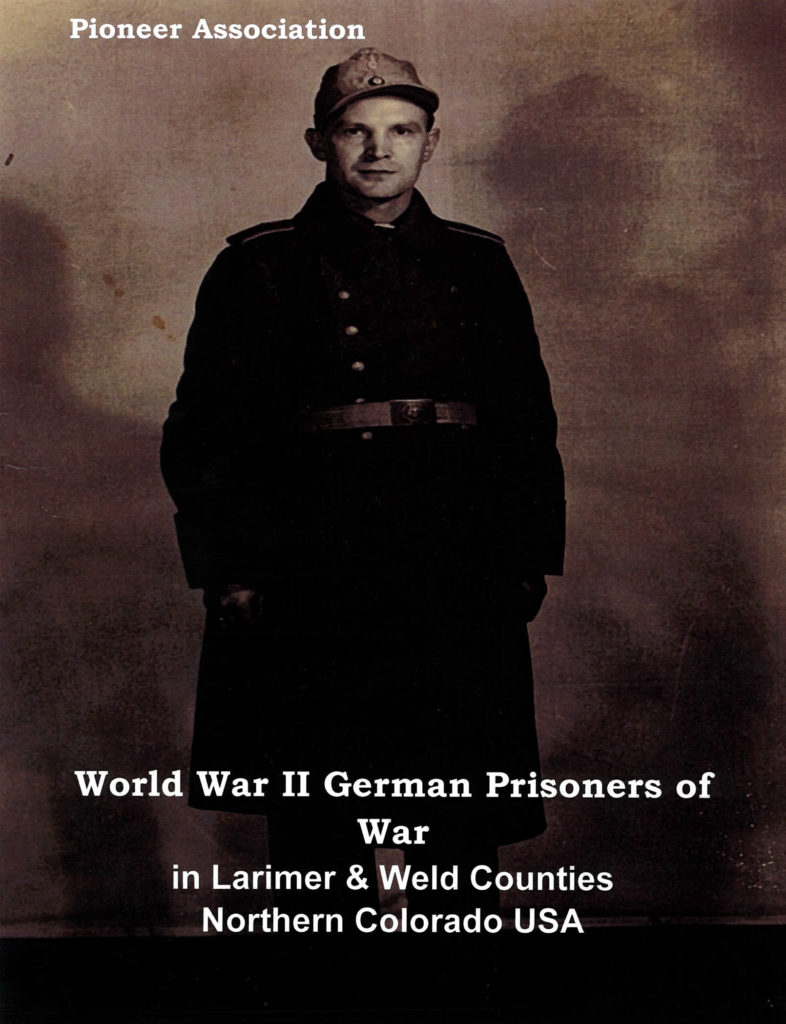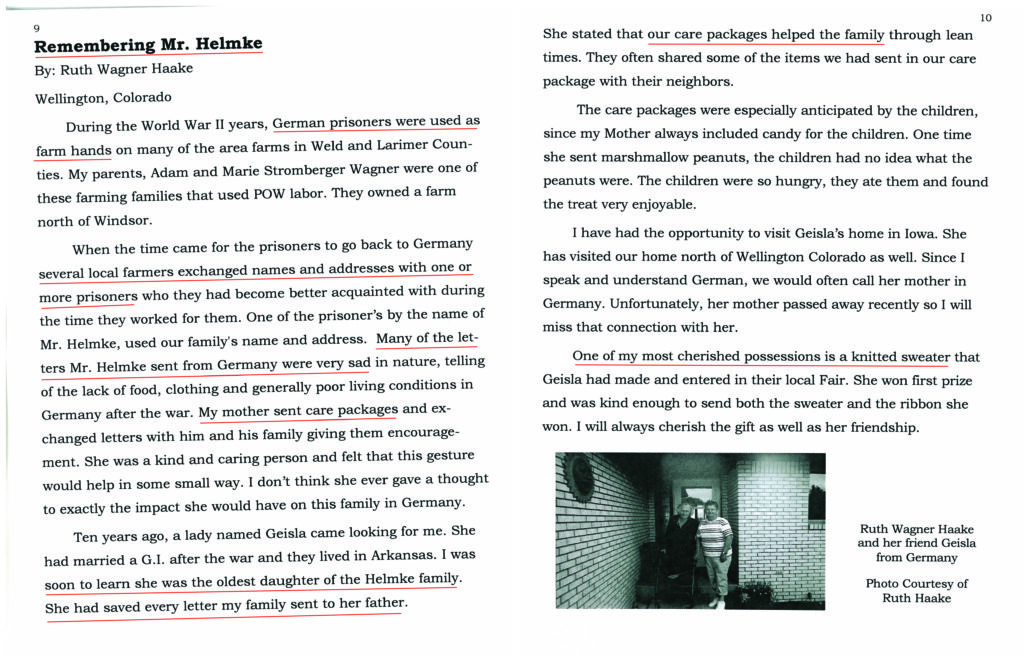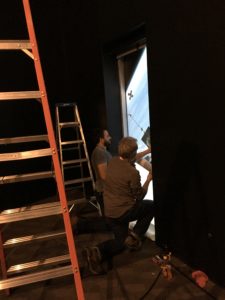Post written by Katie Auman from Poudre River Public Library District, originally posted October 17, 2019.
Celebración y Ofrenda del Día de Muertos
“La cultura es lo que, en la muerte, continúa siendo la vida.”
El día de muertos es una celebración de México y Latinoamérica donde cada año las familias se reúnen el 1 y 2 de noviembre para honrar a sus ancestros y seres queridos. El origen de esta celebración data cientos de años atrás cuando los Aztecas celebraban rituales durante el verano dedicados a la muerte. Después de la colonización, las fechas de las festividades se cambiaron para coincidir con creencias post-colombinas como “la noche de todos los santos.”
Desde entonces, esta celebración ha sido acogida en diferentes partes del mundo y se centra en honrar, recordar y celebrar la vida de aquellos que ya han partido.
Ofrenda
La ofrenda o altar es un elemento fundamental en esta tradición, la cual es cuidadosamente creada en honor de los familiares o personajes ilustres fallecidos. Es importante señalar que cada familia o individuo crea una ofrenda que es personal, compleja y que utiliza detalles y elementos que tienen un gran significado. En la siguiente imagen encontrará un breve resumen de algunos de estos elementos y sus significados.
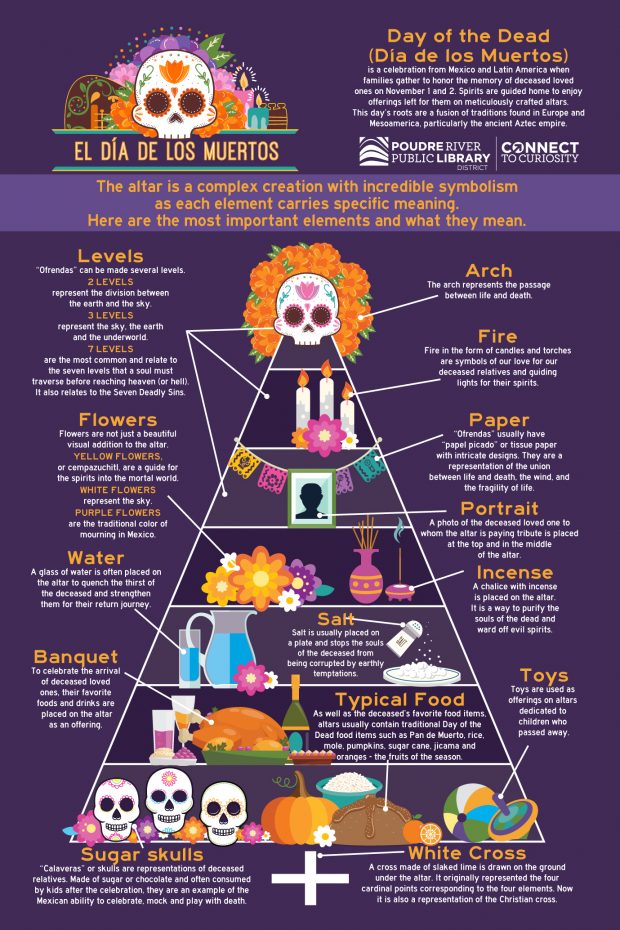
Altares en miniatura para niños y familias
Es fácil crear un altar en miniatura del Día de Muertos inspirado en los altares más grandes que verán en las celebraciones tradicionales. Con este proyecto de “hágalo usted mismo”, podrá construir un altar incorporando los elementos tradicionales de una ofrenda con su toque personal, pero en un espacio más pequeño como una caja de zapatos.
Material:
- Caja de zapatos
- Papel construcción o papel de envoltura para cubrir su caja
- Marcadores, crayones o pintura
- Tela
- Tijeras
- Pegamento, cinta adhesiva o engrapadora
- Vela
- Flores / Cempazuchitl
- Papel Picado
- Calaveras de Azúcar
- Fotografía de su ser querido
- Vaso con agua
- Algo para comer
- Objetos de especial interés para su ser querido
Si no tiene estos artículos, ¡deje volar su imaginación! Haga sus propias flores con papel y dibuje sus decoraciones.
Paso 1
Utilice tela, papel construcción, marcadores, etc. para decorar la caja de zapatos en colores como morado, rosa mexicano, naranja y rojo. Cubra el interior y el exterior de la caja de zapatos.
Paso 2
Coloque una foto del ser querido que está honrando en el centro de la caja. Llene la caja con artículos que le recuerden a esa persona. Cualquier elemento puede ser una ofrenda – fotos, objetos de especial interés de su ser querido, pertenencias, etc.
Paso 3
Decore los espacios vacíos de la caja y añada alimentos o dulces.
Paso 4
Decore la orilla de la caja con flores, velas, papel picado y un pequeño vaso de agua. Estos elementos representan los cuatro elementos: la tierra, el fuego, el viento y el agua.
Día de Muertos Celebration
“Culture is what, in death, continues to be life.”
The Day of the Dead / Día de Muertos is an annual Mexican and Latin American celebration when families gather to honor the memory of deceased loved ones on November 1 and 2. Scholars trace the origins of this celebration back hundreds of years to Aztec festivals held during the summer. After colonization, the festivities were shifted to coincide with “All Saint’s Eve.”
Since then, the festivity has been celebrated all over the world and centers on honoring, remembering, and celebrating the lives of those who have departed.
Traditional Altar Display
One of the most visual parts of the Día de Muertos tradition is the altar, a carefully crafted centerpiece of the annual celebration. Each family or individual’s Día de Muertos altar is a complex and personal creation with incredible symbolism as each element included carries specific meaning. Here are the most important elements, from flowers to food to fire, and what they mean.

DIY Shoebox Altar for Kids and Families
It’s easy to create a Día de Muertos miniature altar modeled after the larger altars you’ll see at traditional celebrations. You can still follow the requirements of an authentic altar and personalize it, but in a smaller space. This is a great DIY craft for kids!
What you’ll need:
- A shoebox
- Construction paper or wrapping paper to cover your box
- Markers, crayons, or paint
- Fabric
- Scissors
- Glue, tape, or stapler
- Candle
- Flowers / Cempazuchitl
- Tissue paper / Papel Picado
- Sugar Skull / Calaveras de Azúcar
- A photograph of your loved one
- A small glass with something to drink
- Something to eat
- Offerings (items of particular interest to your loved one)
If you don’t have these items, feel free to think outside the box and get creative! Create orange marigold flowers/cempazuchitl flowers out of paper or cut out and color your own decorations.
Step 1
Use your fabric, construction paper, markers, etc. to decorate the shoebox in colors like purple, pink, orange, and red. Cover the inside and the outside of the shoebox.
Step 2
Place a photo of your loved one you are honoring in the center of the box. Fill the box with items that remind you of that person. Any item can be an ofrenda – photos, objects, anything.
Step 3
Fill the remaining space in the shoebox with décor and add other treats and foods.
Step 4
Surround the box with flowers, candles, tissue paper, and small glass of water. These items represent the four elements of earth, fire, wind, and water.
Continue Reading

